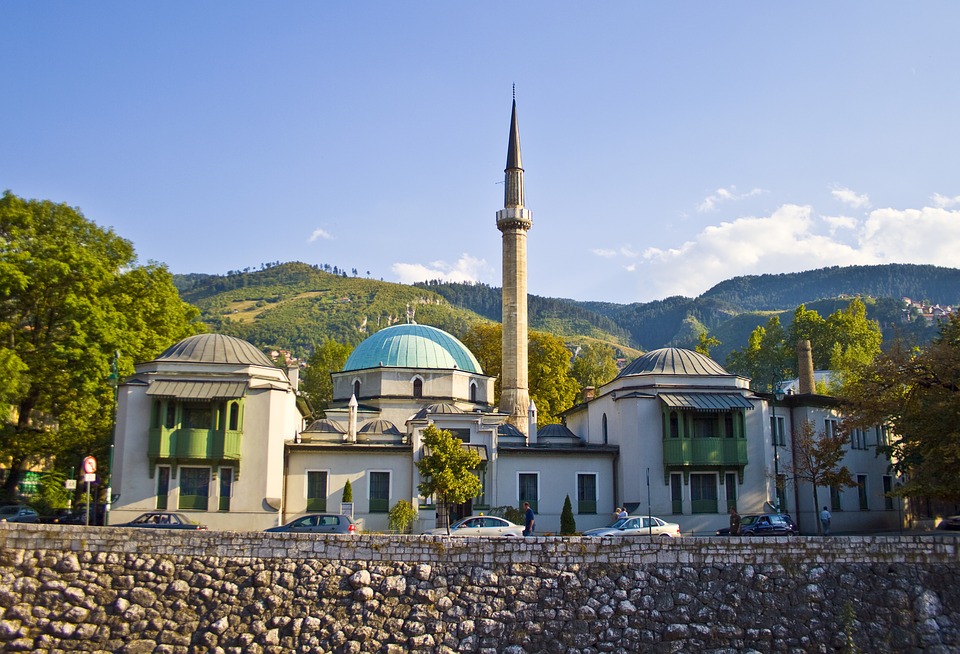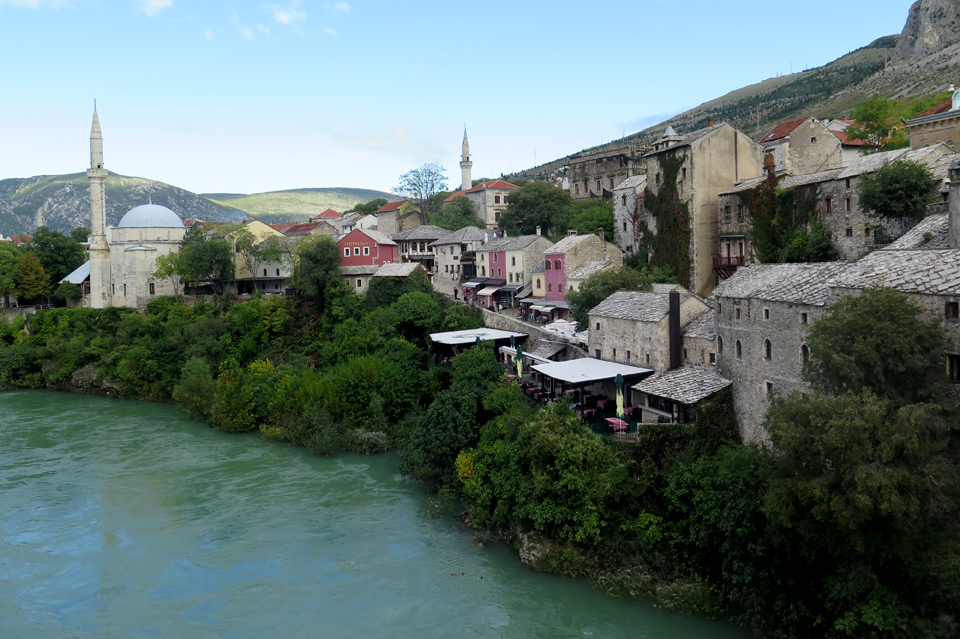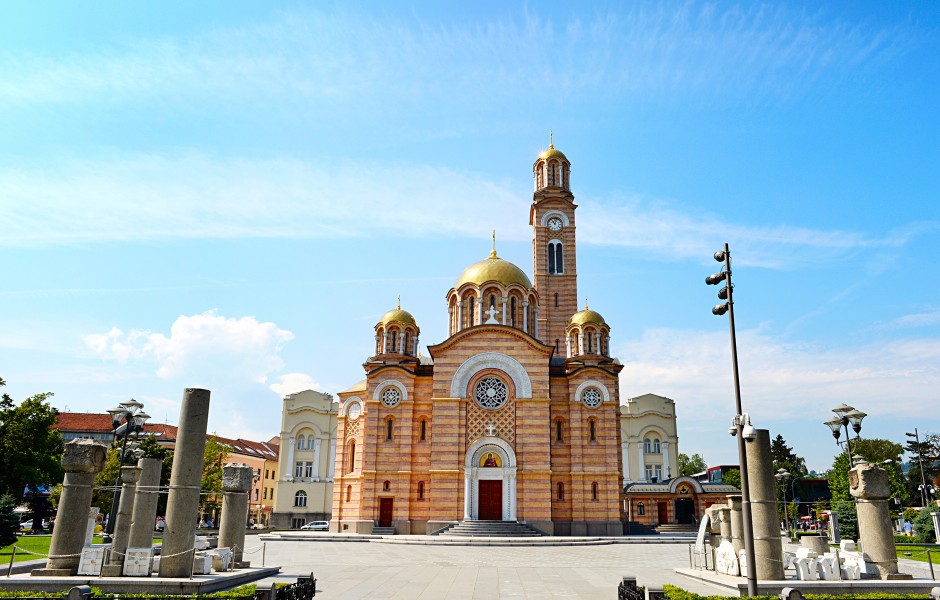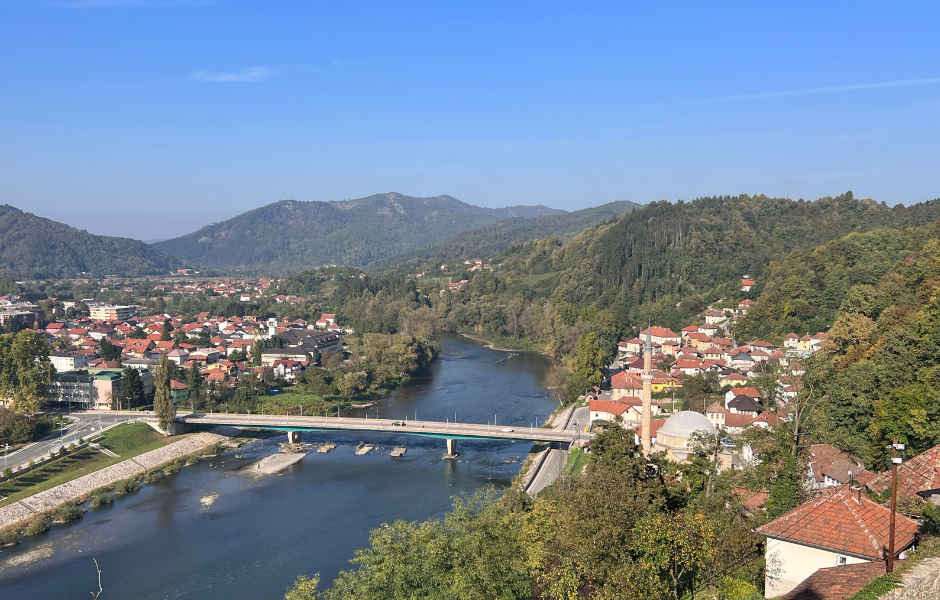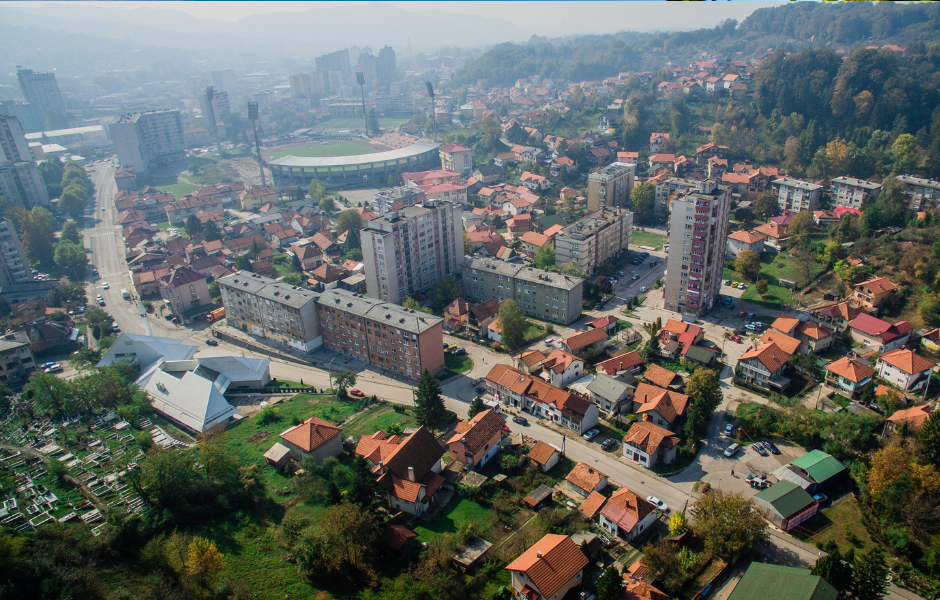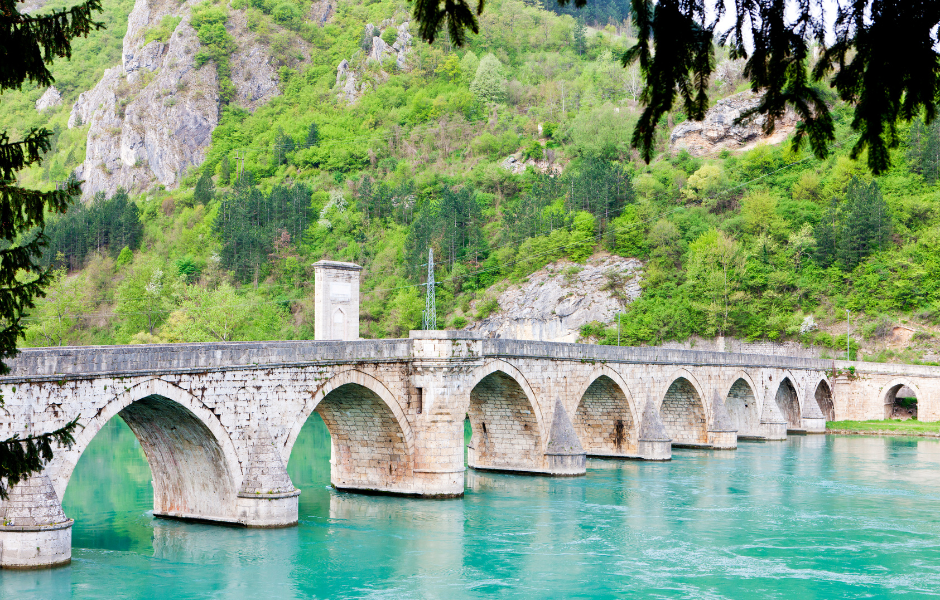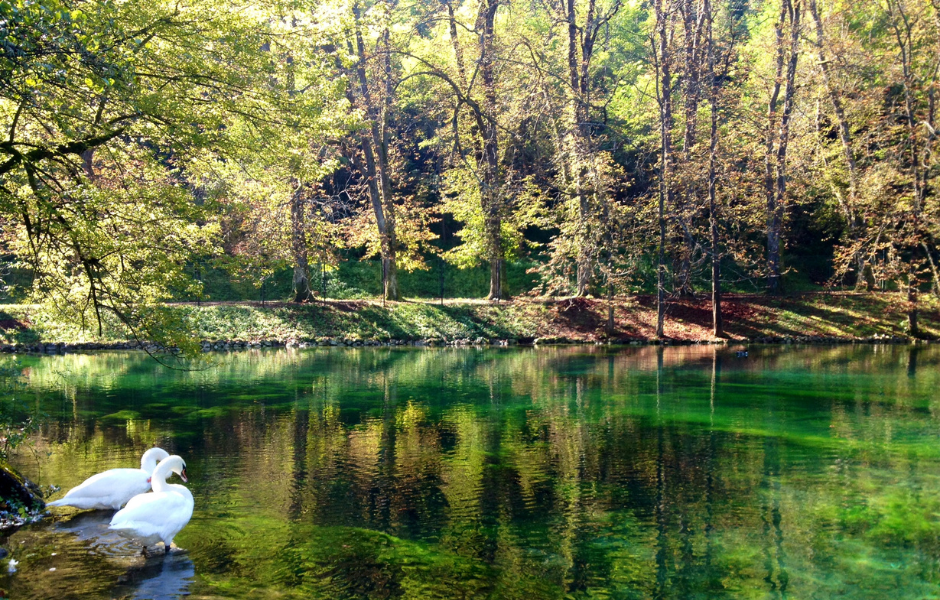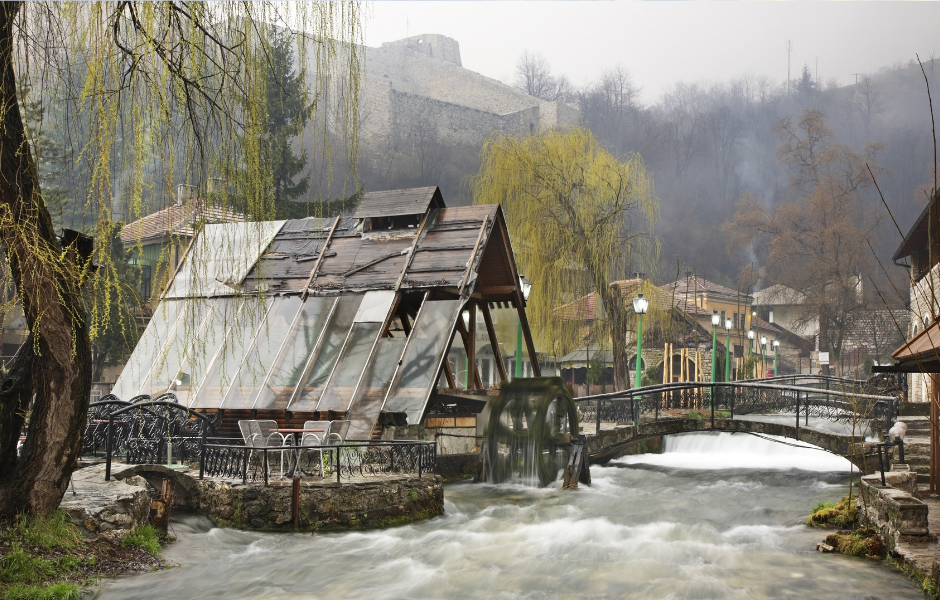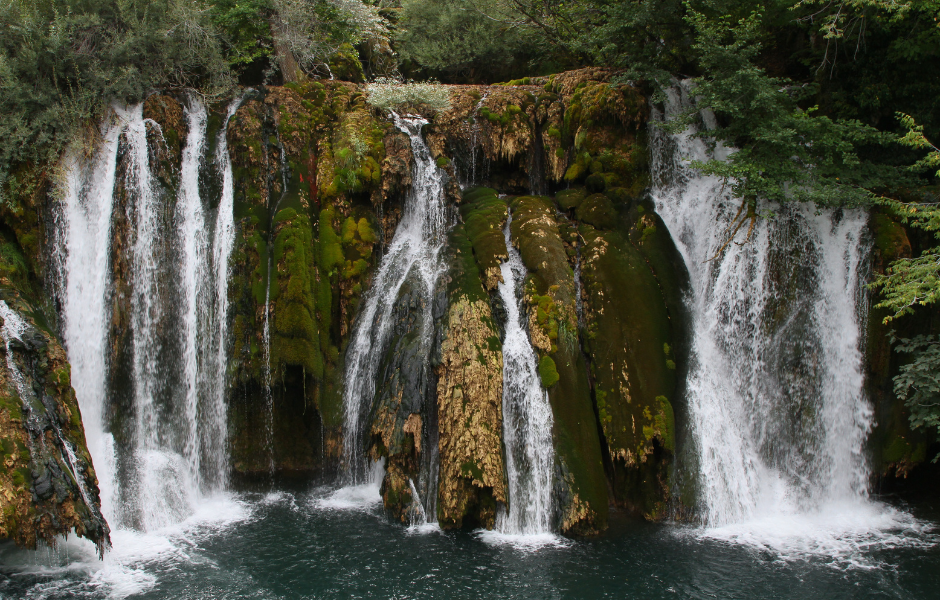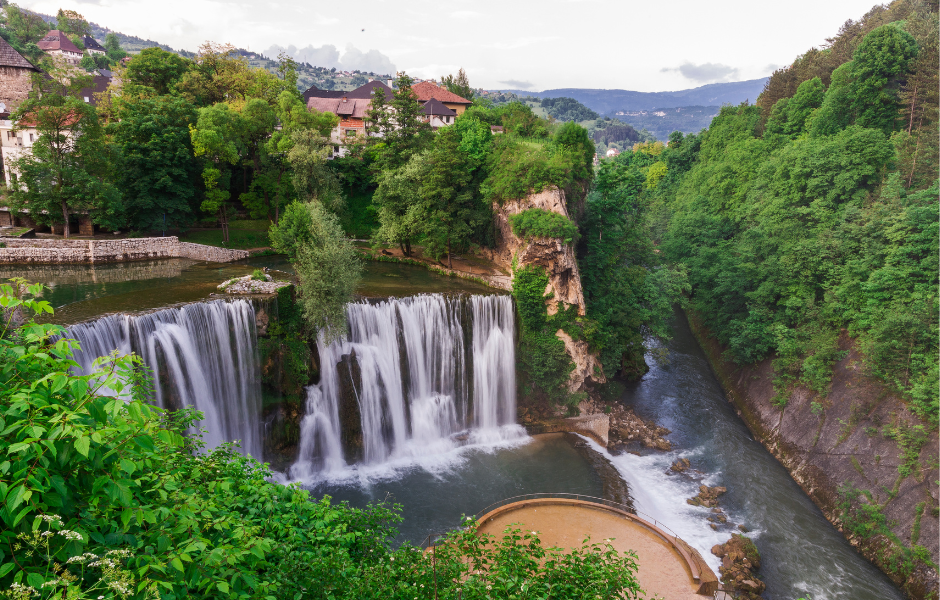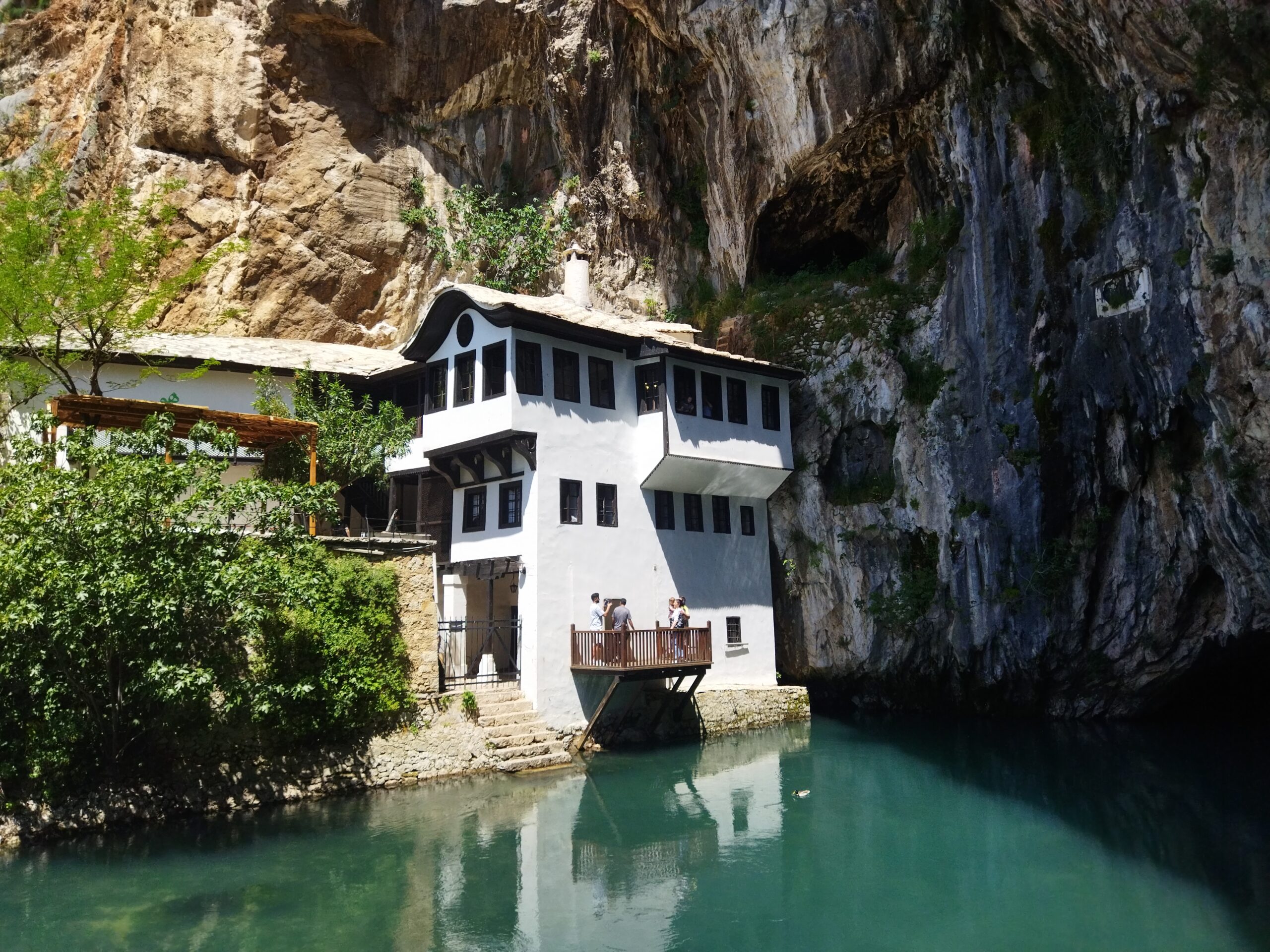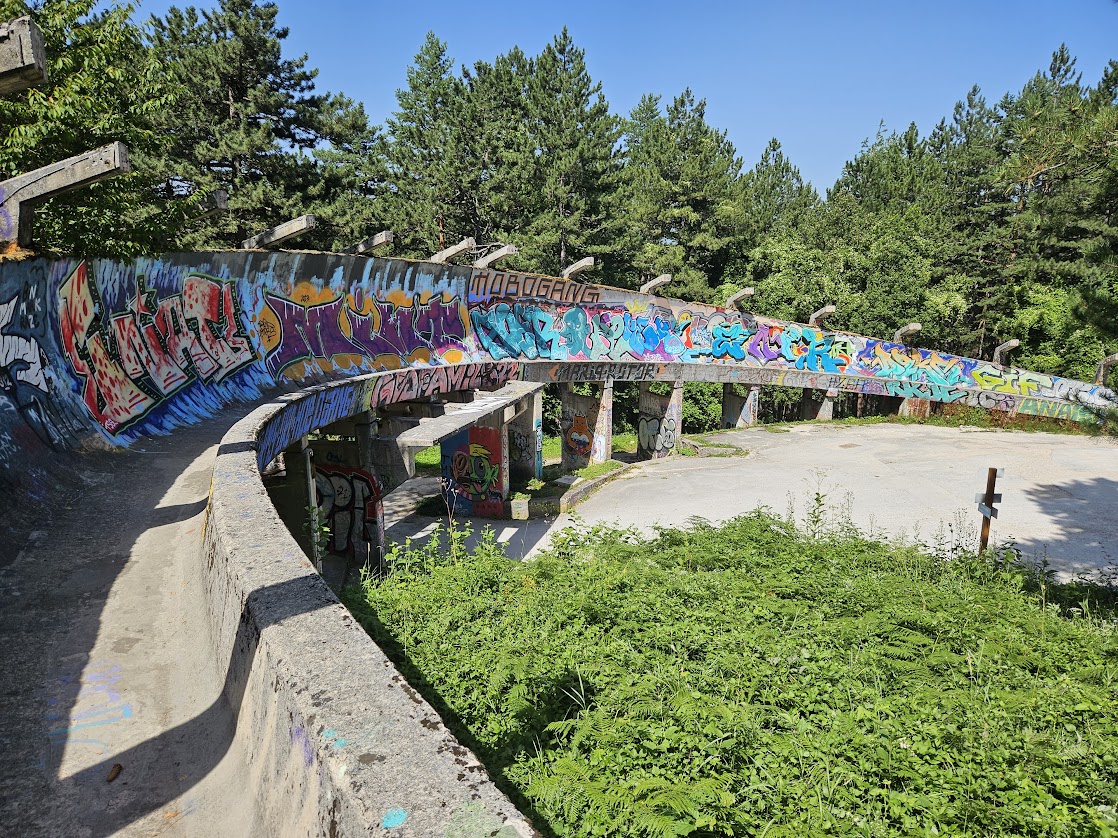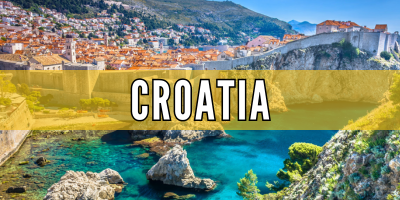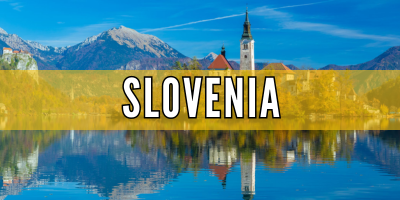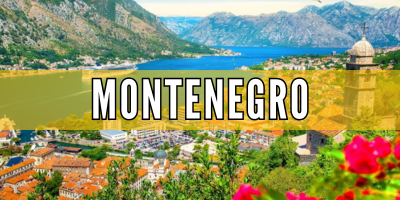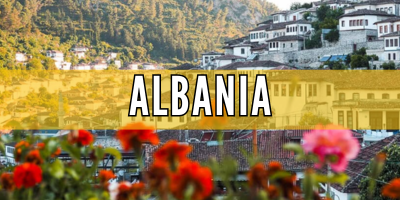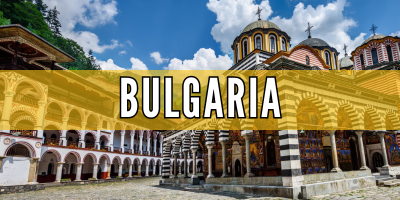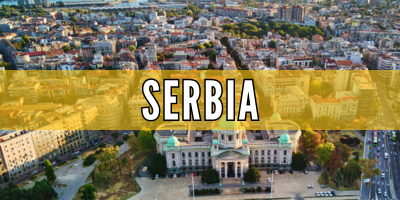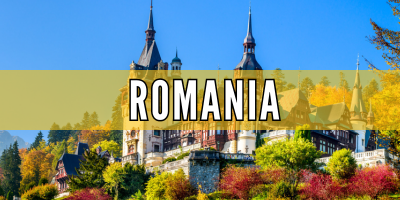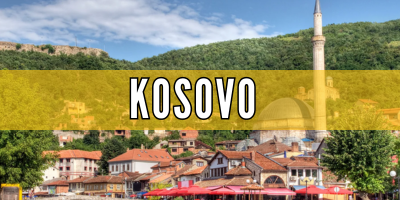Bosnia and Herzegovina – Balkan Tours by Local Guides
Come face to face with history – Take a Private Bosnia and Herzegovina Balkan Tour
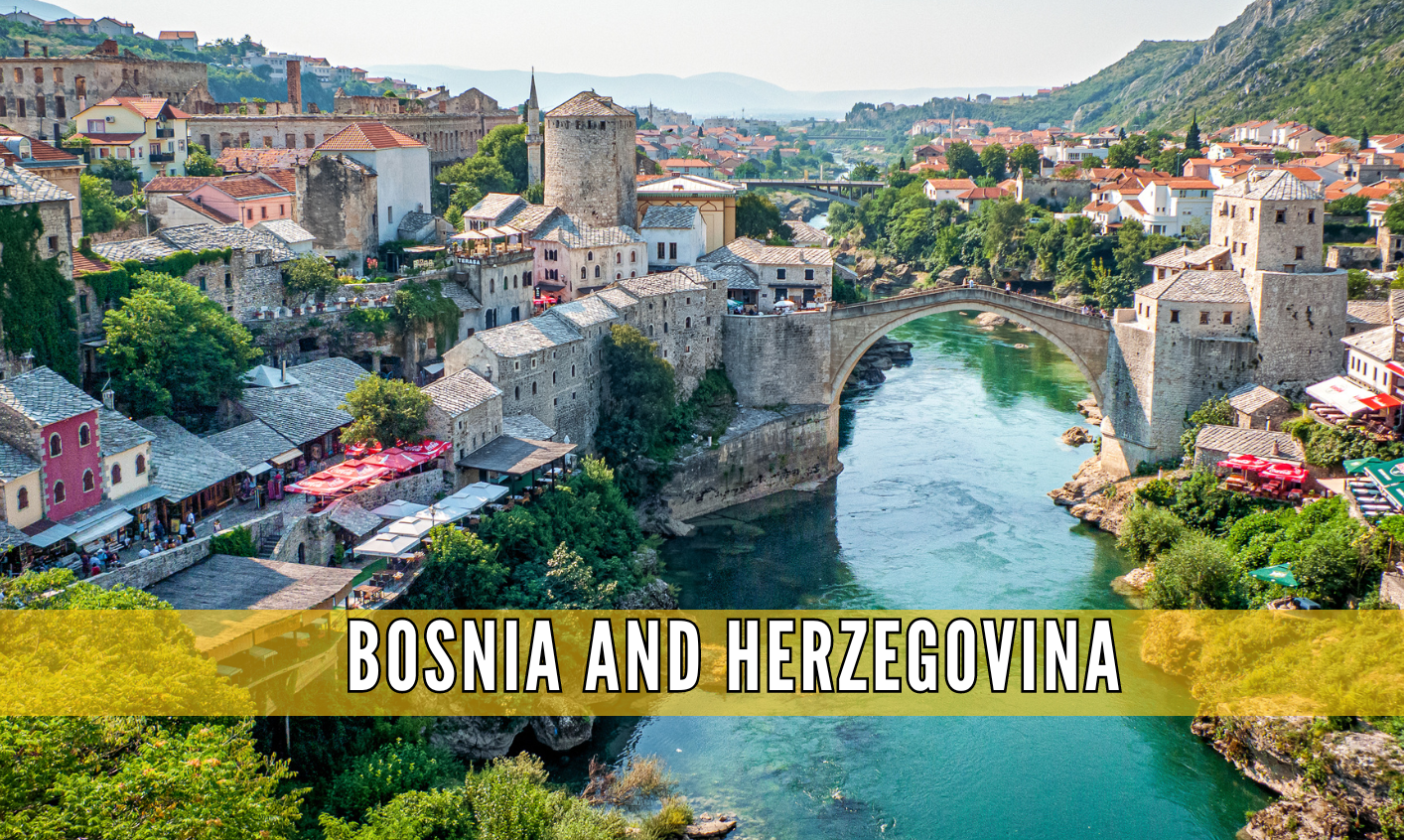
Are you a history buff with a desire for visiting UNESCO-protected sites and culturally significant buildings?
But before we dig deeper into the specific cities, landmarks and activities worth exploring on your Bosnia and Herzegovina tour, let’s take the time to review the most essential information about the country:
Population: 3,475,000
Capital: Sarajevo
Local Currency: Bosnian Convertible Mark (BAM). Learn more about Bosnia’s currency →
Visa Requirements: No visa needed for EU and US citizens. List of all countries that DON’T require a visa for entry in Bosnia and Herzegovina;
Language: Bosnian, Croatian, Serbia
Religion: 51% Islam, 46% Christianity; 3% No Religion
Activities: sightseeing, visiting UNESCO sites, rafting and kayaking, shopping, culinary exploration, skiing, hiking, bird watching, SPA
When to visit: All year long depending on the activities you wish to do
When speaking of Bosnia and Herzegovina one thing comes to mind and that is the devastating war that burst out in the region in the 1990s. During the Fall of Yugoslavia, many cities were completely destroyed, but the resilience of the people was remarkable and they managed to quickly get back on their feet. Reminders of the conflict can be seen throughout the country in different memorials and museums.
Do you enjoy learning about history, World Wars and the Ottoman Empire? If the answer is yes, Bosnia and Herzegovina are the exactly suitable destinations for you. This country offers countless historically significant landmarks, stunning natural spots and the opportunity to engage in various outdoor activities all year.
Bosnia and Herzegovina are countries with a rich history and diverse cultures. But that is not all the region has to offer – the stunning natural landscapes are behind every corner of these lands. From spectacular waterfalls and majestic rivers to natural parks with rich biodiversity, hardly anything is missing.
The civilizations that had the most significant impact on the development of Bosnia and Herzegovina as a country were the Romans, Byzantines, Ottomans, and the Austro-Hungarians.
You are probably interested in knowing how such different religions coexist peacefully. The exciting phenomenon about Bosnia is that Islam, Orthodox and Catholicism exist together and are represented by the country’s numerous mosques, churches and synagogues. There is something special about how people with opposing religious beliefs can peacefully go on with a sense of respect for others.

Tours including Bosnia and Herzegovina:
Croatia – Montenegro – Bosnia and Herzegovina
Slovenia – Croatia – Bosnia – Montenegro
Serbia – Croatia – Slovenia – Montenegro – Bosnia
Bosnia and Herzegovina – Montenegro – Albania
Serbia – Bosnia – Montenegro – Albania
Bosnia – Montenegro – Croatia – Slovenia – Hungary
Serbia – Croatia – Slovenia – Bosnia – Montenegro – Albania
Bosnia – Serbia – Romania – Bulgaria – North Macedonia – Kosovo
Bosnia – Montenegro – Albania – North Macedonia – Kosovo – Bulgaria
Serbia – Romania – Bulgaria – Nоrth Macedonia – Kosovo – Albania – Montenegro – Bosnia
Start Planning Your Tour
Wish to include Bosnia in your Balkan tour itinerary? Send us your travel plans now and we will reply with example programs and ideas.
Sarajevo
Sarajevo is the capital of Bosnia and Herzegovina and the largest city in the country. Historically speaking, this town is known as the “birthplace” of World War 1. Sarajevo has a lot of cultural diversity, with a mix of Muslims, Christians and Jews residing side by side. Baščaršija is one of the most prominent places in this city. It is an old bazaar with narrow streets, Ottoman-style architecture, and a diverse range of Bosnian crafts and local delicacies. Sarajevo is surrounded by mountains, which offer stunning views and an array of outdoor activities to be done.
Mostar
Mostar is a stunning Bosnian city mostly known for its iconic Old Bridge. Regarded as the most famous landmark of the region, the old bridge over the Neretva River was built in the 16th century. Due to its historical significance, it is now a UNESCO World Heritage Site. The architecture of Mostar is heavily influenced by the Ottoman Empire and the Austro-Hungarian period. If you are a history buff, you will be more than fascinated by the numerous post-war sightings of this town, such as bullet-scarred buildings and war-damaged structures.
Banja Luka
Banja Luka is the second-largest city in Bosnia and Herzegovina and is a preferred tourist location. Some of the most popular landmarks worth visiting in this city are the Kastel Fortress, the Ferhat Pasha Mosque, the Gospodska Street, the Banski Dvor and many more. The town is located along the Vrbas River, thus allowing visitors to explore outdoor activities such as kayaking and rafting there. The area around Banja Luka is mostly woodland and acre fields, making it an excellent destination for summer visits. The warmest month of the year is July, with an average temperature of 22.8 °C.
Zenica
Zenica is the fourth-largest city in the country, situated in the central part of Bosnia and Herzegovina. It is the industrial hub of the country, with numerous factories. Zenica's current name was first mentioned in 1415, making it an ancient Balkan town. One popular tourist attraction in the area is the Bistrik Tower - a medieval fortress that overlooks the city. Take a walk down Krčevine Park or pay a visit to the Zenica Museum of Cultural Heritage and History - either way, you are bound to have a great time.
Tuzla
Tuzla is a Bosnian city renowned for its salt lakes, which originated from the salt deposits in the region and have become popular recreational areas. If you are interested in the therapeutic benefits of saltwater, you should add the lakes to your trip itinerary. Like the other cities we mentioned, Tuzla also has an Old Town, which the Ottoman Empire and the Austro-Hungarian and Yugoslav periods heavily influenced. One interesting fact about Tuzla is that extractions of the city's salt deposits have caused sections of the city center to sink.
Trebinje
Trebinje is located in the southern part of Bosnia near the borders with Montenegro and Croatia. Some of the most iconic landmarks of Trebinje are the Ottoman-era Arslanagića Bridge, the Tvrdos Monastery and the Hercegovačka Gracanica Monastery. The Trg Slobode is the main meet-point for tourists and locals and the perfect place to grab a bite to eat or drink your coffee whilst enjoying your surroundings.
Visegrad bridge
The Mehmed Paša Sokolović Bridge was built between 1571 and 1577 with the purpose of facilitating a trading connection between Istanbul and Dubrovnik. Due to its significance for the culture and history of Bosnia, the bridge is part of the UNESCO World Heritage List. The 179.5-meter-long bridge is a masterpiece of one of the greatest architects and engineers of the classical Ottoman period. This architectural marble is the most iconic landmark of the city of Visegrad and a compulsory part of your Bosnia tour itinerary.
Vrelo bosne
Vrelo Bosne is a fantastic natural park located near the capital Sarajevo. Situated in the Mount Igman foothills, this park is easily accessible from Sarajevo's city centre. The Bosna River emerges from this park in crystal-clear water streams. Vrelo Bosne is the natural habitat of various plant and animal species and is a great place for nature walks. If you enjoy spending time in nature and participating in different outdoor activities, this park is the perfect spot for you.
Počitelj
Počitelj is a village located in the southern part of Bosnia and Herzegovina near the Neretva River shore. The earliest mention of or recorded reference to Počitelj is in 1444. This village is known for its preserved Ottoman architecture, one proud representative being the Šišman Ibrahim-Pašina Medresa - a 16th-century Islamic school. Other prominent tourist stops in the area are the Počitelj Fortress, the Clock and Halebija towers and the Neretva River bank. This is a must-visit location for history buffs.
Travnik
Another popular Bosnian historic town located in the central part of the country is Travnik. Despite the evidence of settlement in the region during the Bronze Age, the true history of Travnik begins during the first few centuries AD. Much like the other small towns in this country, Travnik also has an old town and numerous old buildings and fortresses influenced by the Ottoman Empire. Due to the fact that Travnik served as the capital of the Ottoman province of Bosnia during the 15th and 16th centuries, this town has been influenced by the empire even more than the rest.
Una national park
The Una National Park is a fantastic green heaven located in the northwestern part of Bosnia and Herzegovina, near the border with Croatia. The Una River runs through the park, creating stunning waterfalls, ponds and pools. The biodiversity in this is incredibly rich and abundant, with the park home to 30 fish species, 130 bird species, and other animals, including lynx, fox, wolf, bear and chamois. It is the perfect place for tourists looking for various outdoor activities in nature.
Kravice waterfalls
The Kravice waterfalls are located near the town of Ljubuški and are a stunning natural attraction alluring to all visitors of Bosnia. The main waterfall is 25 meters high, and together with the other smaller waterfalls, a network of interconnected pools is created. There are numerous picnic areas in the surroundings of the Kravice waterfalls, all offering breathtaking natural views. So, if picnics are your thing, be sure to pack a blanket and some food when visiting the area.
Jaice
Jajce is a town located near Bosnia and Herzegovina with a long history dating back to the 14th century. This town was the last capital of the independent Kingdom of Bosnia before the Ottoman Empire conquered the region. Two of the most prominent attractions in the area are the Pliva Waterfall and the picturesque Pliva River - both of which are great for outdoor activities. In Jajce, another must-see attraction is the medieval fortress overlooking the town and the Watermill Village. In short, this town is the perfect destination for tourists interested in history and nature.
Blagaj
Blagaj is a historically significant village located near Mostar, which is often included in the Balkan tour itineraries. The most famous natural landmark in the region is the Buna River, which emerges from a karstic spring. This river is the most potent natural water source in Europe and is a sight for sore eyes. The Blagaj Tekija, built during Ottoman rule, is another worthy attraction in the region. It is a Dervish monastery placed in a visually appealing location, which served as a spiritual retreat for Sufi dervishes. Throughout its history, the housing complex next to the Tekija has been rebuilt on multiple occasions. The Tekija was actively open until its last shaykh, Sejdo Sehovic, died in 1925. This town is a fantastic stop on your Balkan tour!
Medjugorije
Medjugorje is a Bosnian town famous for the reported apparitions of the Virgin Mary. The legend began in 1981 when six young people saw the Virgin Mary appear. Since then, the place has become a tourist attraction, visited by millions, with The Apparition Hill and the Cross Mountain being the two locations associated with the apparitions. Prayers and changed hearts of people - filled with love and peace, and humanitarian activities and projects influenced by Medjugorie without doubt help make this world a better place. Each year, thousands of tourists visit the Apparition Hill, hoping to have their wish come true.
Abandoned Bobsleijg Slight
The abandoned bobsleigh track in Sarajevo is from 1984, when the country hosted the Olympics. Unfortunately, due to the Bosnian War in the early 1990s, the facilities that were built were left in neglect. In the war, the track was used by the Serbian Army during the siege of Sarajevo. During the years that followed, this track has become a symbol of the city’s Olympic history and the devastating impact of the war. It is a popular tourist attraction that symbolises the city’s resilience.
When visiting Bosnia and Herzegovina as part of your Balkan tour, make sure not to miss out on all the unique activities that can be done there. We divided the activities in accordance with the city they belong to. So, go ahead, take a look and decide which one of our suggestions looks appealing to you. As you know, our tours are 100% tailored to the preferences of our clients, so you are the boss of what you wish to experience on your Bosnia tour.
Go rafting in Foca area
Sarajevo
Visit the History Museum of Bosnia and Herzegovina and learn more about the rich history of Sarajevo
Take a tour of the War Childhood Museum
Visit the Museum of Crimes Against Humanity and Genocide
Visit the Abandoned Bobsleigh Track
Visit the Tunnel of Hope
Take a hiking tour
Take the cabin lift to Trebic for a view of the city
Taste Bosnian rakija
Eat burek in a local buregdzinica
Try Bosnian coffee
Visit the spot the WW1 began
Ask to see the “Sarajevo roses”
Mostar
Take a tour of the old town
Ask your guide about the history of the Old Bridge and its importance
Visit the Museum of War and Genocide Victims
Take a trip to the Dervish Monastery in Blagaj Tekija
Visit the Hutovo Blato Nature Park
Take a hike to the Vjetrenica cave
Banja Luca
Take a picture at the Krupa Waterfalls
Visit the Republica Srpska museum
Take a walk to the Kastel Fortress
Is Bosnia safe to travel?
Bosnia is absolutely safe for tourists. This country has made a lot of significant progress in terms of stability and security since the conflicts of the 1990s. However, it is always a good idea to stay informed about local conditions and possible events that might affect security.
Is Bosnia expensive?
Bosnia is regarded as an affordable travel destination, especially if we compare it to Western Europe. Generally, you can find affordable accommodation, reasonably-priced local restaurants and modest entry fees to museums and attractions.
Is Bosnia in EU?
No, Bosnia is not yet accepted as a member of the European Union, though they have been a candidate for quite some time. The country was granted EU candidate status in December 2022, and it is probably a matter of time before they are officially accepted.
What is the best month to visit Bosnia?
The best period to visit Bosnia and Herzegovina is during the summer period (June-September). The weather in this period is the most suitable for sightseeing. However, spring and autumn also have their charm and are generally good options for Balkan tours.
How many days are enough for Bosnia?
Generally, between 3 and 5 days are enough for your full Bosnia tour. Of course, the duration of your stay is tightly linked to the number of places you wish to visit.
Why choose us for your tour to Bosnia and Herzegovina
Embark on your Bosnia tour with Private guide and leave the hassle of organizing your trip to us. We have a long history of leading Balkan tours, and by now, we have acquainted ourselves with all the places worth visiting. To make your decision to choose us for your trip a bit easier, we have outlined some of the perks of a tailored-make Private guide tour around the Balkans:
- A 100% unique experience designed for your needs and wishes.
- Insights from friendly locals
- Seamless organization of your itinerary.
- Carefully selected accommodations and dining places.
- Licensed expertise in the entire Balkan region, including history, cuisine, traditions and many more.
- Hassle-free transportation by car.
Let's Start Planning Your Balkan Trip
Our tours are private and customized around your preferences


